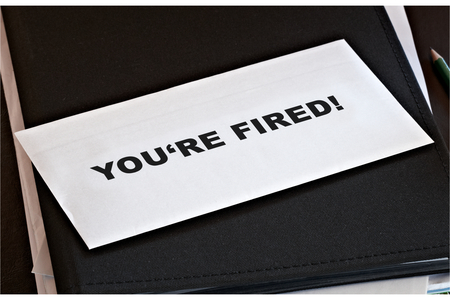Posner opinion upholds conviction for false Facebook threat
A federal appeals court has upheld an Indiana man’s conviction for maliciously conveying false information in a Facebook post about a plan to kill police officers and judges.
There was no need to prove that the defendant, Samuel Bradbury of Lafayette, intended to cause harm by the post, according to the Feb. 16 decision by the Chicago-based 7th U.S. Circuit Court of Appeals. The Indiana Lawyer has a story.
Bradbury had written in the comments that his post was meant to be read as satire. His post said that he was the leader of a cop-killing group called 765 Anarchists, and its members included two people who died in a shoot-out with police after they killed two officers and a civilian.
The post said 765 Anarchists had a plan to kill police in the Lafayette area and named two police officers. The post also said there was a plan to “incinerate and destroy” the Tippecanoe County Courthouse, including the office of then-Judge Loretta Rush, whom he mentioned by name, according to the Indiana Lawyer article. Bradbury said the group had gathered explosives and firearms to carry out its plan.
Bradbury deleted the post about a half-hour later. But a screen shot was forwarded to police, who searched Bradbury’s home. They discovered thermite, which burns at a high temperature and “can cause a great deal of damage,” according to the 7th Circuit opinion.
Bradbury was convicted for violating a federal law that bars using instruments of interstate commerce to maliciously convey information that is known to be false about an attempt to kill any individual or to destroy any building by fire or explosion. Bradbury was sentenced to 41 months in prison after his conviction.
Bradbury had argued the trial judge’s jury instructions defining “maliciously” allowed jurors to convict him even if his Facebook post was a joke and he did not mean to cause harm. The judge defined “maliciously” as meaning “to act intentionally or with deliberate disregard of the likelihood that damage or injury will result.”
In his opinion for the court, Judge Richard Posner said the jury instructions were adequate. “To make a threat, however,” Posner wrote, “is both intentional and malicious—intentional because deliberate and malicious because calculated to inspire fear and provoke a possibly costly response—even if the threatener doesn’t intend to carry out the threat.”
“Most hoaxes are harmless,” Posner said. “But a hoax based on a threat of harm is criminalized by [the federal law], as explained by the district judge, even if the harm that ensues is fright rather than physical injuries.”




